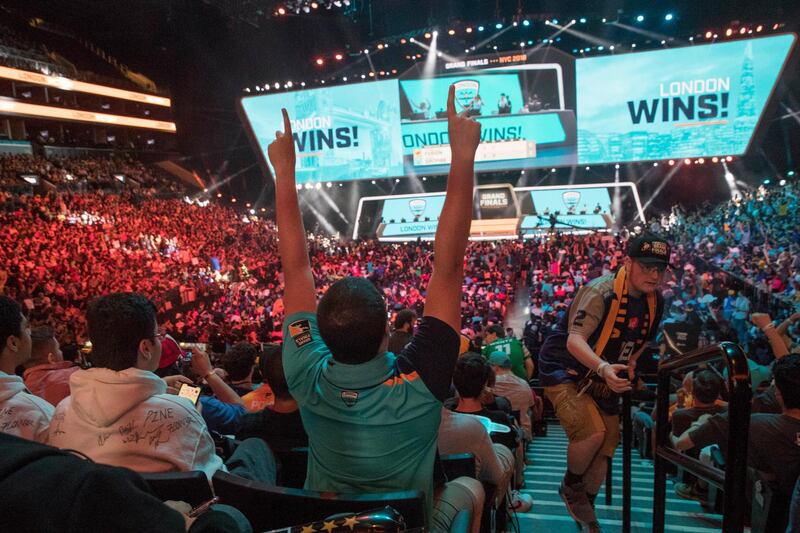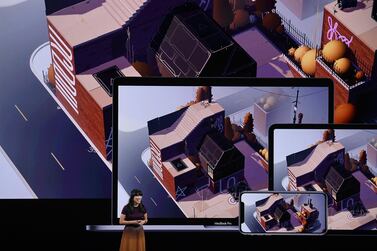On November 15, 2013, Sony released its PlayStation 4 game console. Nine days later Microsoft followed suit, with the successor to the Xbox 360 – the Xbox One. These releases kick-started the latest skirmish in what video game enthusiasts call the “console wars”.
In a sign of things to come, Sony’s console was lauded for being more powerful than its rival. Crucially, it was cheaper, too. The PS4 would come to dominate, reaching the milestone of 100 million units sold to date. To put that into context, Nintendo’s Wii has 101.6 million in unit sales, while Sony’s Playstation 2 is still the bestselling console of all time with 155 million sold. But the PS4 has been the fastest of all home consoles to reach the 100 million mark. Microsoft, in a sign that it had little to boast about, stopped revealing sales figures for its machine in 2015. Estimates put total units sold at around 30 to 60 million.
“Sony built momentum from the launch by having a cheaper price and focusing its product on the gamer. It also enjoys much greater brand loyalty outside of North America and the UK,” says Piers Harding-Rolls, a games researcher and analyst at IHS Markit.
Nintendo was a late arrival to this current generation of consoles, debuting its Nintendo Switch in March 2017, four years after Sony and Microsoft. And the Switch differs from its rivals. It has much less computing power and employs a different concept for its hardware. Switch gamers can “dock” the console to play on their TV or use it portably with its built-in screen. The home-portable hybrid console has been a hit, selling over 36 million - and at a faster rate than the PS4 did during its first two years.
The current generation of consoles are now at the tail end of their lifespans, with Sony and Microsoft due to roll out their next-generation machines. Both successor consoles are said to have far more powerful processors and will be capable of some computing wizardry known as ray tracing, promising much-improved graphics. They are also touted as being capable of running games at 8K resolution, doubling the capability of the current most powerful console, Microsoft’s Xbox One X.
Games become mainstream
Gamers on Sony’s first Playstation – the console from the mid-90s widely credited with bringing video games to the masses – would perhaps not recognise the industry of today.
Gaming now encompasses virtual reality technology, streaming platforms such as Twitch and Mixer that allow people to watch games being played by others in real time, and a thriving e-sports scene that can fill sports stadiums for live showdowns.
Meanwhile, through their app stores, Apple and Google are among the largest game publishers in the world, selling directly to users’ smartphones. The tech giants are now looking to lay even greater claim on the $131 billion (Dh481bn) gaming industry, with the launch of Apple Arcade and Google’s cloud computing service: Stadia.
Indeed, mobile gaming has taken off, with greater growth than both console and PC games. The world is still adjusting to the phenomenon that is Epic Games’ Fortnite, an online console and mobile “battle-royale” game released in 2017 that has 250 million registered accounts and a monthly record of 78.3 million active players.
“Fortnite had a very large impact, and attracted a younger, wider audience of gamers who see it as an entertainment source rather than just a game, because it has dances and all sorts of interaction,” says Lisa Hanson, founder of Niko Partners, an Asia-focused games analyst company.
There is also recognition of the rise of gamers in emerging economies. Tristan Donovan, author of Replay: The History of Video Games, sees gaming as becoming increasingly global. “China’s already a major market for games. India is growing in importance. Indonesia, the Middle East, South America, Africa are rising in importance too.”
Ms Hanson agrees: “Mena and Africa may be emerging markets, but Asia is emerged and very significant. Particularly thanks to China being part of it. And in the future, with India in Asia, the Indian market will boom as well.”
Apple has for some time been one of the biggest gaming companies in the world, although it doesn’t make its own games. But it enjoys the advantage of having its App Store, which allows the company to control what games are available to download on its iPhones, of which there are 900 million in active use, according to the Cupertino company. Apple takes a 30 per cent cut of each paid-for app sold via its store, as well as in-app purchases.
Gaming is set to follow the successful streaming model adopted for film by Netflix and for music by Spotify. Apple is releasing what analysts are calling a Netflix-for-games, a subscription-based service called Apple Arcade that will cost $4.99 a month. Recurring monthly subscriptions are part of Apple’s plan to embrace services as a revenue-driver going forward, as sales of its iPhone have dipped.
The ability to stream games on internet-connected devices is touted as a significant disruptor. “We’re looking at software and hardware uncoupling to the point where maybe the device you play on becomes irrelevant,” says Mr Donovan. Although there are technical hurdles still to overcome, this game streaming service is the idea behind Google’s upcoming Stadia. The service is touted for a November release, but a specific date has not been publicised.
E-sports to become more mainstream
The League of Legends 2018 World Championships drew nearly 100 million live viewers. League of Legends, which is a team-based online tactical battle game, is one of the leading esports games, although much of this viewership comes from fans based in Asia, especially South Korea and China. So far, e-sports have captured the collective imagination insofar as the eye-popping sums of money to be won.
In July, for example, it was widely reported that 16-year-old Kyle "Bugha" Giersdorf, from Pennsylvania, USA, won $3 million at the first Fortnite World Cup. Held at the Arthur Ashe Stadium in New York City, the event had a total kitty of $30 million for multiple tournament events, the largest prize pool in e-sports history. Tickets for the 23,000-capacity stadium in New York were sold-out, while millions watched the tournament online via live streams.
Games as viewing entertainment is also seen in the growth of streaming platforms and the concurrent rise of celebrity gamers. One of the most notable is 28-year-old Tyler “Ninja” Blevins from Detroit, USA. Earlier this year the streamer grabbed headlines after moving from popular streaming platform Twitch to Microsoft’s Mixer in a move that earned the American seven figures, according to insiders. Blevins also has over 22 million subscribers on YouTube and has appeared on the Tonight Show with Jimmy Fallon.
Video games have certainly come a long way from the coin-operated machines and the simple line graphics of yesteryear. “I don’t think anyone in the early years of video games really had a clear sense of where they were trying to get to,” says Mr Donovan.
“From the perspective of those times, something like the latest edition of FIFA is really hard to imagine. Not only does it have movie-level CGI and uses sound recorded from crowds in stadiums across the world, it’s also a multiplayer game and an e-sport. It’s also a global commercial juggernaut that would have been unimaginable back in 1990.”







